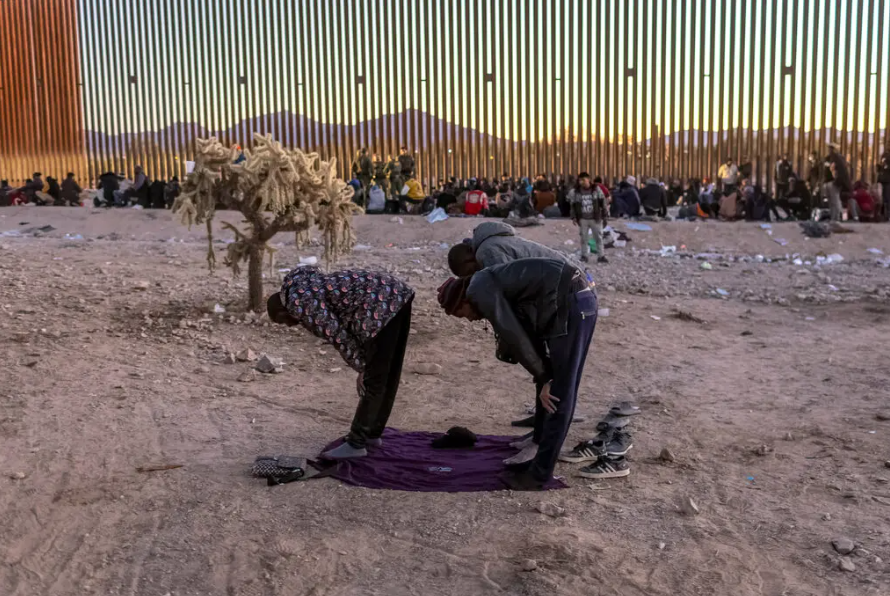The young men from Guinea had decided it was time to leave their impoverished homeland in West Africa. But instead of seeking a new life in Europe, where so many African migrants have settled, they set out for what has become a far safer bet of late: the United States.
“Getting into the United States is certain compared to European countries, and so I came,” said Sekuba Keita, 30, who was at a migrant center in San Diego on a recent afternoon after an odyssey that took him by plane to Turkey, Colombia, El Salvador and Nicaragua, then by land to the Mexico-U.S. border.
Mr. Keita, who spoke in French, was at a cellphone charging station at the center among dozens more Africans, from Angola, Mauritania, Senegal and elsewhere, who had made the same calculus.
While migrants from African nations still represent a small share of the people crossing the southern border, their numbers have been surging, as smuggling networks in the Americas open new markets and capitalize on intensifying anti-immigrant sentiment in some corners of Europe.
Historically, the number of migrants from Africa’s 54 countries has been so low that U.S. authorities classified them as “other,” a category that has grown exponentially, driven recently, officials say, by fast-rising numbers from the continent.
According to government data obtained by The Times, the number of Africans apprehended at the southern border jumped to 58,462 in the fiscal year 2023 from 13,406 in 2022. The top African countries in 2023 were Mauritania, at 15,263; Senegal, at 13,526; and Angola and Guinea, which each had more than 4,000.
Nonprofits that work on the border said that the trend has continued, with the absolute number and share of migrants from Africa climbing in recent months as potential destinations in Europe narrow.







